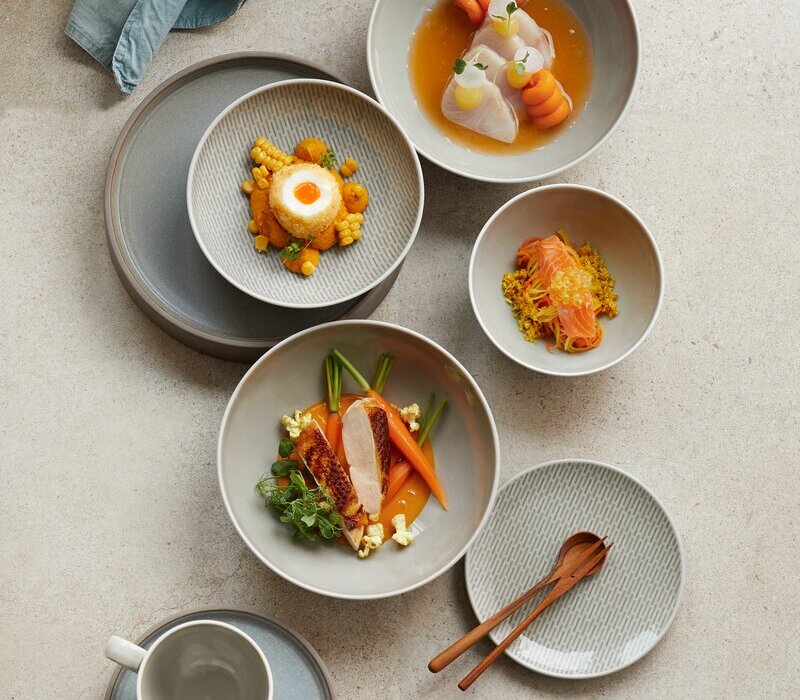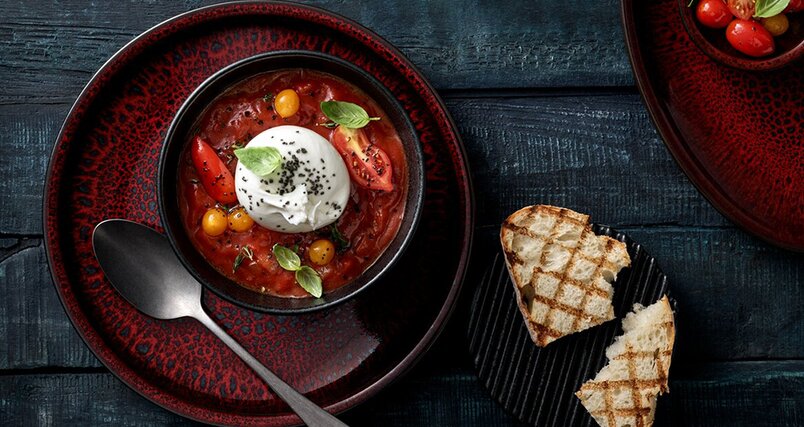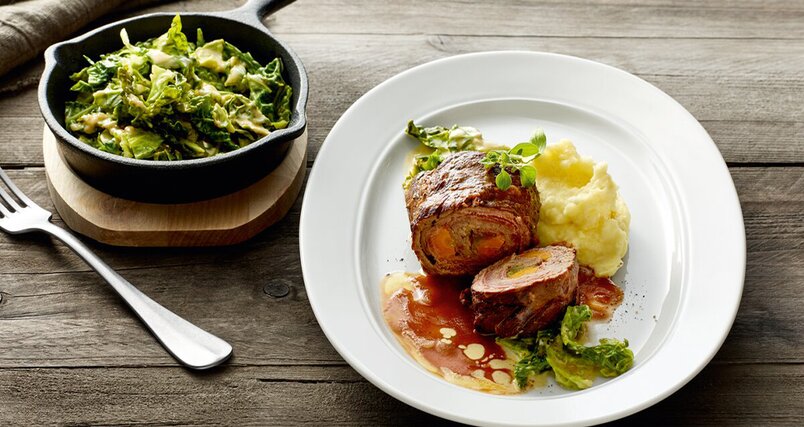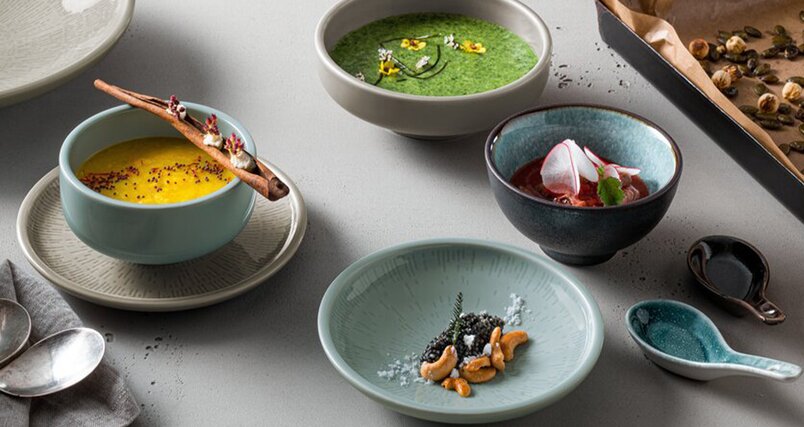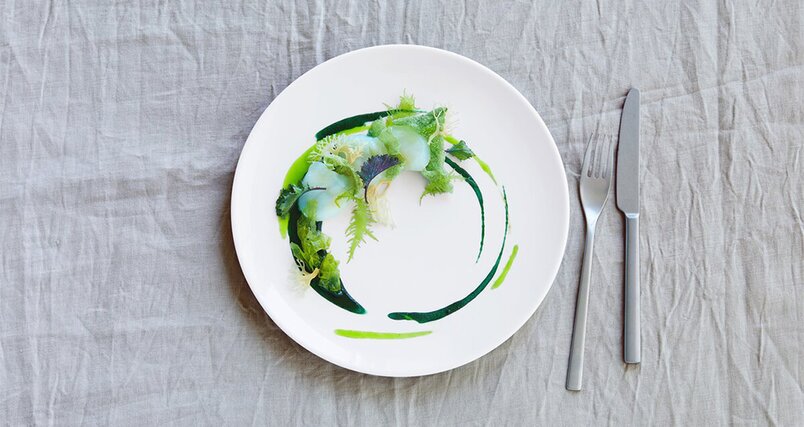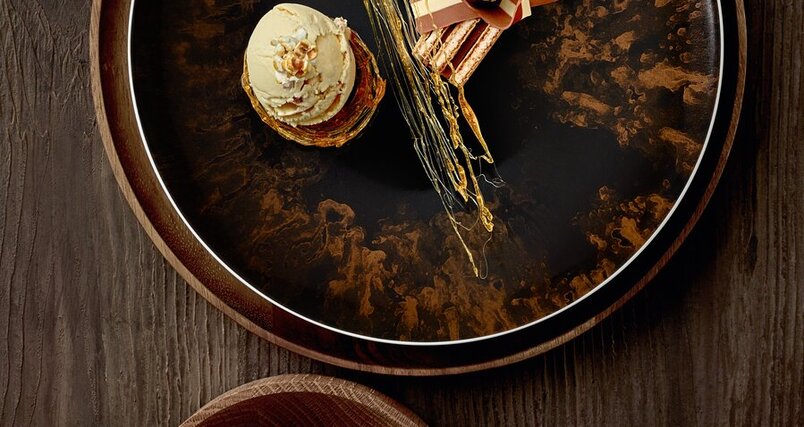Gluten intolerance, celiac disease or gluten sensitivity?
More and more people suffer from intolerances. Globally, the most common is gluten incompatibility, also known as gluten intolerance. Gluten is a protein that occurs in wheat, rye, barley and other cereals and is responsible for good baking properties, among other things. The term gluten incompatibility summarizes all diseases that are triggered by gluten and result in symptoms such as abdominal pain, nausea and diarrhea.
Celiac disease, on the other hand, is a specific autoimmune disorder. In this case, gluten causes an overreaction of the immune system and inflammation of the mucous membrane of the small intestine. This leads to the death of the intestinal villi, which means that the body can no longer be supplied with sufficient essential vitamins and nutrients. Symptoms include anemia, fatigue, digestive problems or depressive moods. About 1% of the population is affected by celiac disease, although the number of unreported cases is probably much higher.
However, gluten intolerance can also occur without celiac disease as gluten sensitivity. Affected individuals develop gastrointestinal symptoms similar to celiac disease hours to days after eating foods containing gluten. Some also report behavioral changes, bone and joint damage, muscle cramps or headaches. There are no specific tests for the diagnosis of gluten sensitivity; rather, wheat allergy and celiac disease must be ruled out here.
Is it worth offering gluten-free cuisine in the restaurant?
The demand for gluten-free food is high – in recent years, the number of people suffering from celiac disease, wheat allergy or gluten sensitivity has risen sharply, according to the Leibniz Institute for Food Systems Biology at the Technical University of Munich (Leibniz-LSB). They must refrain from eating wheat and other cereals containing gluten. Therefore, they are looking for alternatives to regular bread, pizza or pasta. Even though most supermarkets now offer a wide range of gluten-free foods, the choice becomes more difficult when it comes to eating out.
Finding gluten-free restaurants that serve high-quality meals is not always easy. The options for people with gluten intolerance are very limited, and instead of fresh gluten-free food, frozen pizzas often end up on the plate. Gluten-free cuisine could therefore prove to be an excellent way for restaurateurs to cater to a broader audience and attract new guests. With the right combination of ingredients and preparation techniques, you can gain a significant competitive advantage over your competitors.
Gluten-free dishes: What is needed in the kitchen?
Restaurateurs who want to offer gluten-free dishes in their restaurant are often faced with the question of whether this entails special requirements or even an additional kitchen with its own equipment, etc., in order to rule out contamination with gluten-containing grains. Nevertheless, for a safe gluten-free kitchen, all the prescribed approvals for food businesses, such as HACCP, are basically sufficient.
However, since at least guests with celiac disease are enormously sensitive to the smallest amounts of gluten, it is advisable to provide an extra station with its own work surfaces and equipment for gluten-free dishes if you want to advertise "gluten-free dishes" on the menu. An additional kitchen is not absolutely necessary if close attention is paid to ensuring that gluten-free and gluten-containing ingredients are handled separately. Clean storage of food is also important.
Natural gluten-free ingredients and alternatives for dishes containing gluten

Keep in mind that many foods are naturally gluten-free, including rice, corn, millet, buckwheat, quinoa, amaranth, wild rice, potatoes and sweet potatoes, chestnuts, legumes such as lentils and chickpeas, plantains, meat (without breading), fish and vegetables. Often it may be sufficient to train the service staff to recommend suitable dishes to guests with gluten intolerance – without having to change anything on the menu.
Gluten-free alternatives for dishes containing gluten, such as pasta and pastries, are also increasingly available in ready-made form, such as pasta made from pea proteins or gluten-free flour blends for baked goods or pizza. Another popular gluten-free trend is "plant-based pasta," where chefs make healthy and delicious pasta from carrots, zucchini, green bananas or cauliflower.
